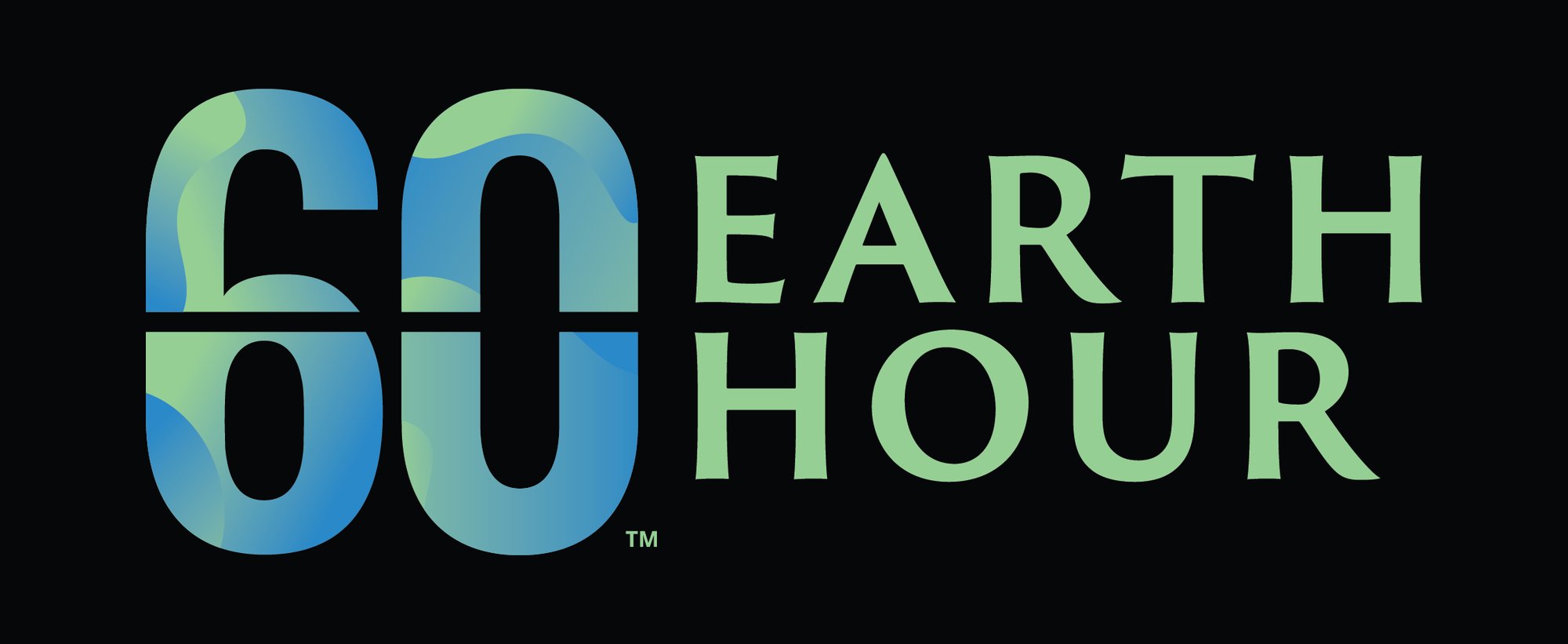WWF is greatly saddened by the devastating impacts on people and nature as Australia is ravaged by one of the most devastating bushfire seasons the country has ever seen.
With the fire season yet to reach its midway point, record-breaking temperatures and months of severe drought have fuelled a series of massive bushfires. Burning since September, the fires have intensified over the past week and a number of areas have been evacuated as fire services struggle to contain the massive blazes.
The mass evacuation of communities in New South Wales (NSW) and Victoria is among the largest ever emergency movements of people in Australia.
At least 25 people – including several volunteer firefighters – have died, with thousands of homes and buildings destroyed. And more than 8.4 million hectares have been burned to date, with NSW, Western Australia and Victoria hardest hit by fires that have affected every Australian state.
Impact on wildlife
Until the fires subside the full extent of damage will remain unknown. However, it has been estimated that 480 million native mammals, birds and reptiles have been affected by the NSW fires alone since September.
Up to 30 per cent of koalas are estimated to have perished in fires on the mid-north coast of NSW – a devastating blow for a species already in decline due to excessive tree-clearing and climate heating.
And many forests will take decades to recover, with the fires worsening Australia’s extinction crisis.
What is WWF doing?
WWF-Australia is both working to respond to the immediate impacts of the crisis and ensure there are long-term plans to help people and nature recover. Late last year we launched an ambitious Towards Two Billion Trees plan to save and grow two billion trees by 2030, and we have already supported wildlife injured by bushfires in priority landscapes.
